
The fighter jet that gained a legendary reputation for defeating numerous Soviet aircraft is a remarkable piece of military history. This article delves into the background, capabilities, and historical significance of this exceptional fighter, exploring how it managed to dominate the skies against formidable Soviet adversaries.
The Rise of the Fighter Jet
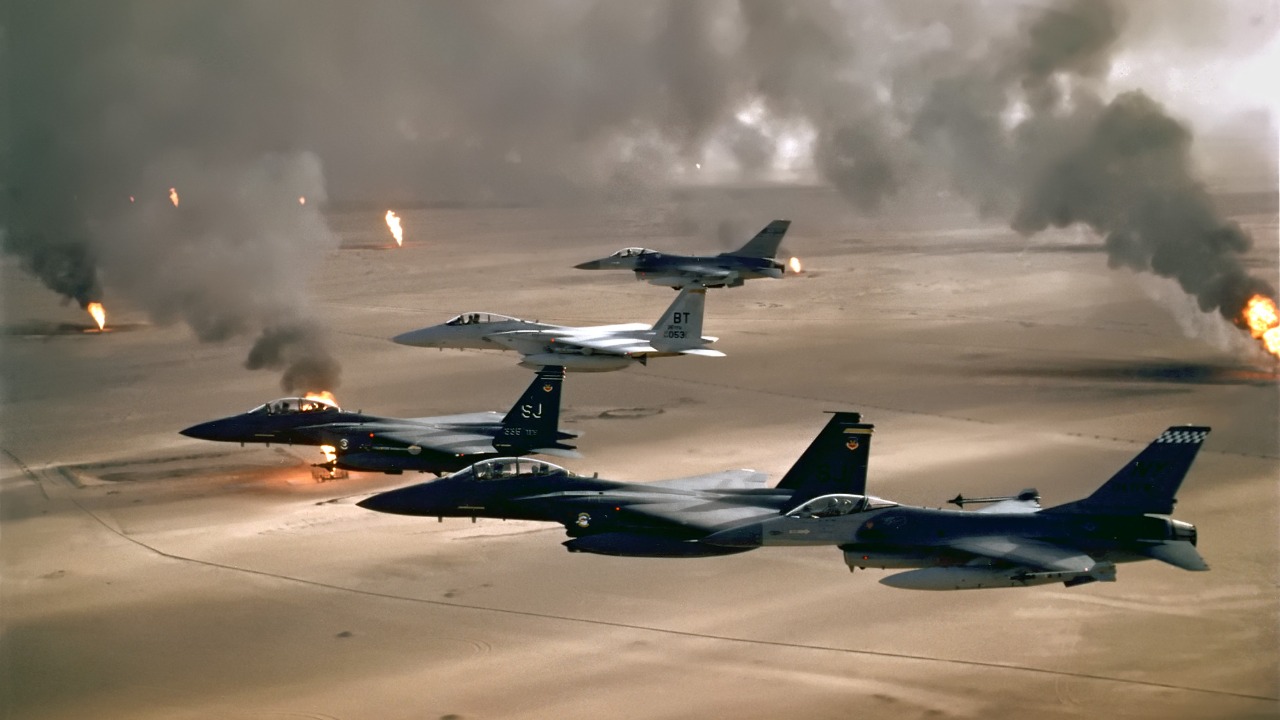
Development and Innovation
The development of the McDonnell Douglas F-15 Eagle was a pivotal moment in military aviation history. Designed during the Cold War, the F-15 was engineered to achieve air superiority. Its design featured cutting-edge technology, including advanced radar systems and engines capable of reaching speeds of Mach 2.5. The twin-engine design provided not only speed but also redundancy, ensuring that the aircraft could continue to operate even if one engine failed. The F-15’s robust airframe allowed it to carry a variety of weapons, from air-to-air missiles to a 20mm M61 Vulcan cannon, making it a versatile tool in aerial combat.
The innovation didn’t stop with the hardware. The integration of avionics that provided real-time data to the pilot was revolutionary. These systems allowed pilots to engage enemy aircraft with precision, even under challenging conditions. The F-15’s radar could track multiple targets simultaneously, giving it a significant advantage over older Soviet aircraft that lacked such capabilities. This leap in technology set the stage for the F-15’s early successes in various combat scenarios.
Early Successes
Initial missions and victories of the F-15 cemented its reputation as a formidable opponent in the skies. The fighter’s first operational success came during the late 1970s and early 1980s, particularly in the Middle East, where it achieved multiple air-to-air kills against Syrian MiGs. These early victories were crucial in establishing the F-15’s dominance and proving its capabilities against Soviet-designed aircraft. The F-15’s performance in these engagements demonstrated its superiority in terms of speed, agility, and firepower.
One of the most notable early successes was the Bekaa Valley battle during the Lebanon War in 1982, where the F-15s achieved a remarkable kill ratio against Syrian MiG-21s and MiG-23s. This battle showcased the F-15’s ability to engage and defeat multiple adversaries, further solidifying its reputation as a superior fighter jet. The combination of advanced technology and skilled pilots played a vital role in these early successes, setting the foundation for the F-15’s legendary status.
Dominating the Soviet Skies
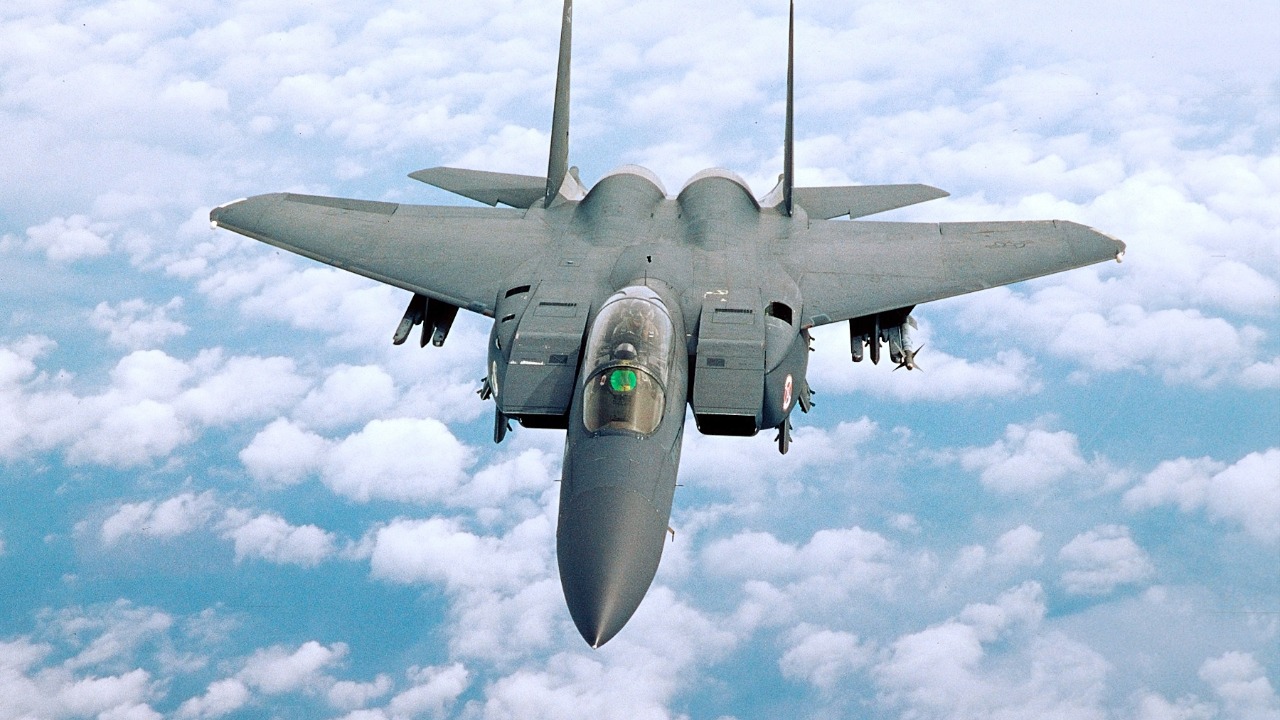
Tactical Superiority
The F-15 Eagle’s tactical superiority over Soviet aircraft was a result of its advanced design and technological innovations. The aircraft’s maneuverability and speed allowed it to outmaneuver and outpace its adversaries, providing a significant advantage in dogfights. The F-15’s ability to climb to altitudes of over 65,000 feet gave it a commanding view of the battlefield, allowing pilots to engage enemies from a position of strength.
In terms of weaponry, the F-15 was equipped with the AIM-7 Sparrow and AIM-9 Sidewinder missiles, which offered superior range and accuracy compared to the armaments of Soviet aircraft. These missiles, coupled with the F-15’s advanced radar systems, allowed pilots to lock onto targets from greater distances, often before the enemy could even detect their presence. This technological edge was a crucial factor in the F-15’s success in air-to-air combat.
Notable Engagements
Throughout its service, the F-15 participated in several key battles that highlighted its prowess against Soviet aircraft. One of the most significant engagements was Operation Desert Storm in 1991, where the F-15s achieved an impressive air-to-air kill ratio against Iraqi MiGs. The F-15s were responsible for downing numerous enemy aircraft without a single loss, showcasing their superiority in combat situations.
Another noteworthy engagement was during the 1981 Gulf of Sidra incident, where U.S. Navy F-15s intercepted and shot down two Libyan Su-22s. This encounter further demonstrated the F-15’s ability to dominate the skies, even against more modern Soviet aircraft designs. These engagements not only underscored the F-15’s capabilities but also served as a testament to the skill and training of its pilots.
The Impact on Military Strategy
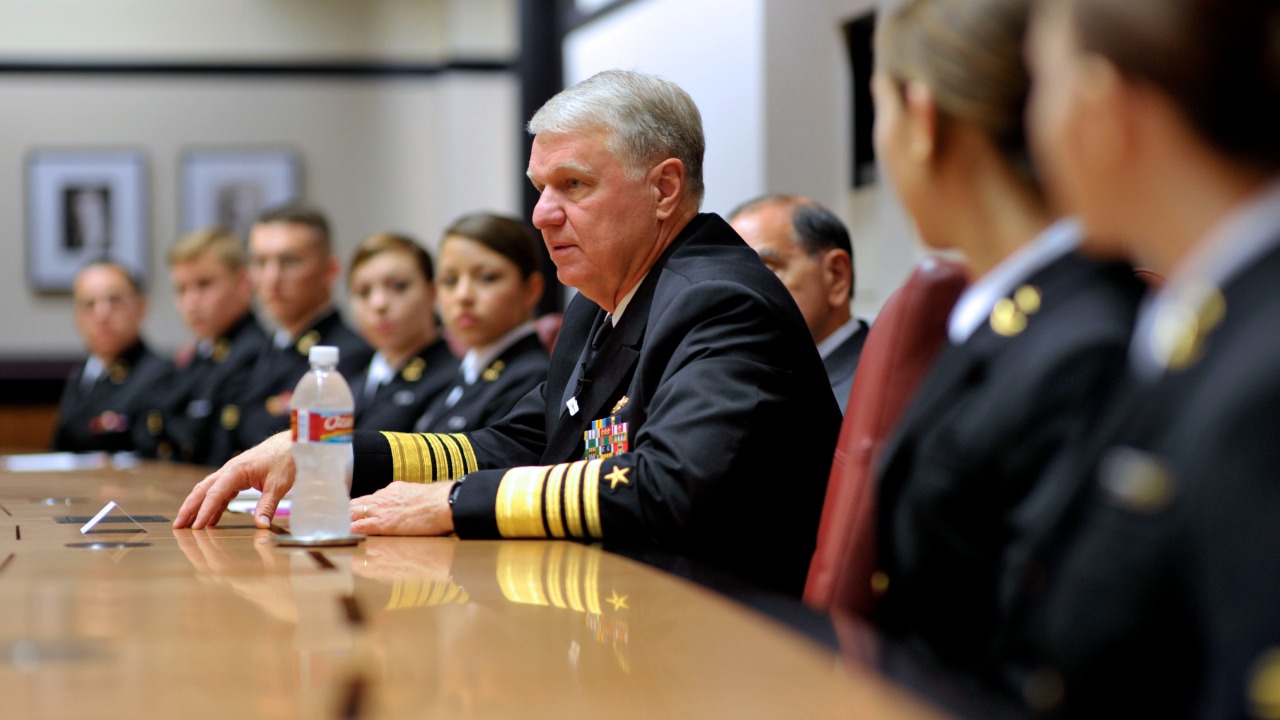
Shifting Air Power
The success of the F-15 had a profound impact on military doctrines and the balance of aerial power during the Cold War. Its superiority forced Soviet planners to rethink their strategies and develop new aircraft to counter the F-15’s capabilities. The introduction of the F-15 prompted a shift in focus towards developing more agile and technologically advanced fighters, such as the MiG-29 and Su-27, in an attempt to match the F-15’s performance.
Western military strategies also evolved in response to the F-15’s success. The aircraft became a cornerstone of U.S. air superiority doctrine, emphasizing the importance of maintaining technological advantages in aerial combat. The F-15’s success reinforced the belief that air superiority was a critical component of modern warfare, influencing military planning and procurement decisions for years to come.
Lessons Learned
The engagements involving the F-15 provided valuable insights for both Western and Soviet forces. For the West, the F-15’s successes highlighted the importance of investing in advanced technology and pilot training to maintain a competitive edge. The aircraft’s performance validated the approach of prioritizing quality over quantity, as a smaller number of highly capable aircraft could effectively counter larger enemy forces.
The Soviets, on the other hand, learned the necessity of developing aircraft with improved radar systems and missile capabilities to challenge the F-15. This led to the development of new tactics and technologies aimed at countering Western air superiority. The lessons learned from these encounters played a critical role in shaping the future of military aviation and the ongoing evolution of air combat strategies.
Legacy and Influence
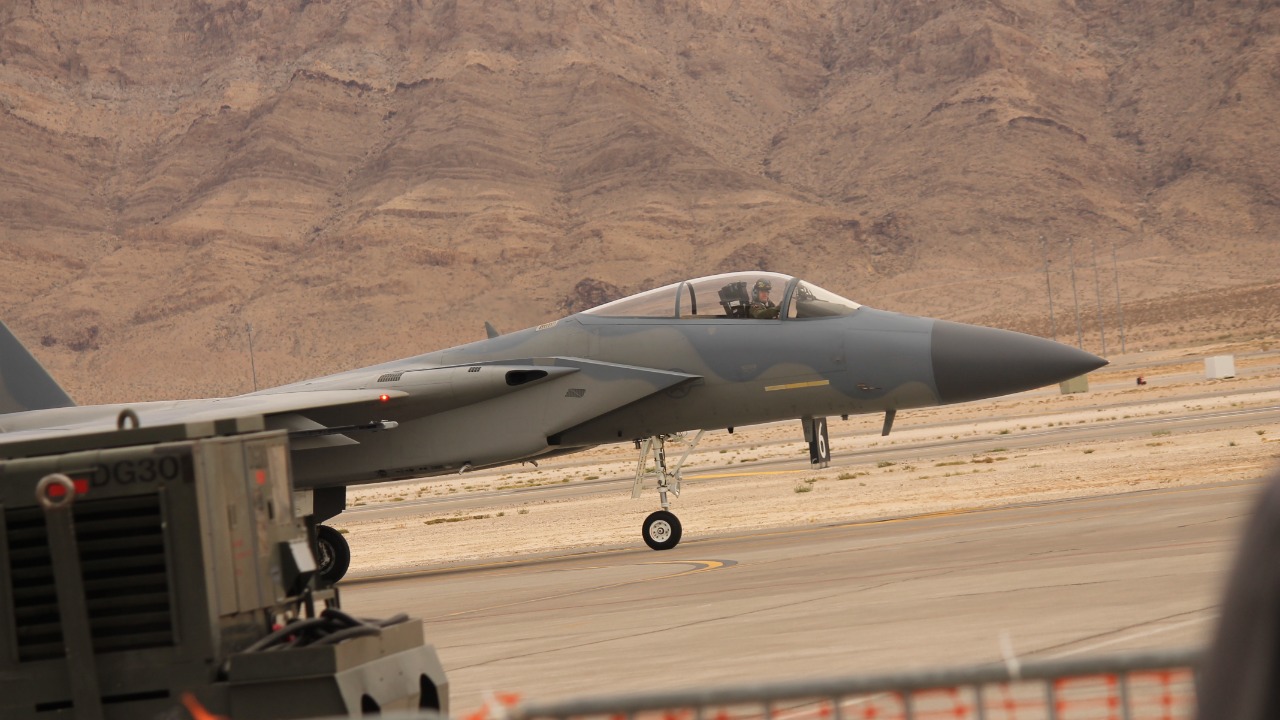
Technological Legacy
The F-15’s design and technology paved the way for future generations of aircraft. Its success demonstrated the importance of integrating advanced avionics and weapon systems into fighter jets, setting a new standard for modern military aviation. The F-15’s influence can be seen in the development of subsequent aircraft, such as the F-22 Raptor and F-35 Lightning II, which continue to build upon the technological foundation established by the F-15.
The durability and longevity of the F-15’s design have also contributed to its lasting legacy. Despite being introduced in the 1970s, the F-15 remains in service today, with ongoing upgrades ensuring its relevance in modern combat scenarios. This enduring relevance speaks to the aircraft’s robust design and the foresight of its engineers, making it a benchmark for future fighter development.
Cultural Impact
The F-15’s presence in popular culture further underscores its impact. The aircraft has been featured in numerous films and television shows, often portrayed as the epitome of air superiority. Its sleek design and combat prowess have captured the public’s imagination, solidifying its status as an iconic symbol of military might.
In addition to its portrayal in media, the F-15 has inspired countless aviation enthusiasts and model builders. Its storied history and impressive combat record have made it a subject of fascination and admiration, contributing to its enduring legacy in both military and civilian circles. The F-15’s impact on popular culture is a testament to its significance and the lasting impression it has made on the world.
Contemporary Reflections
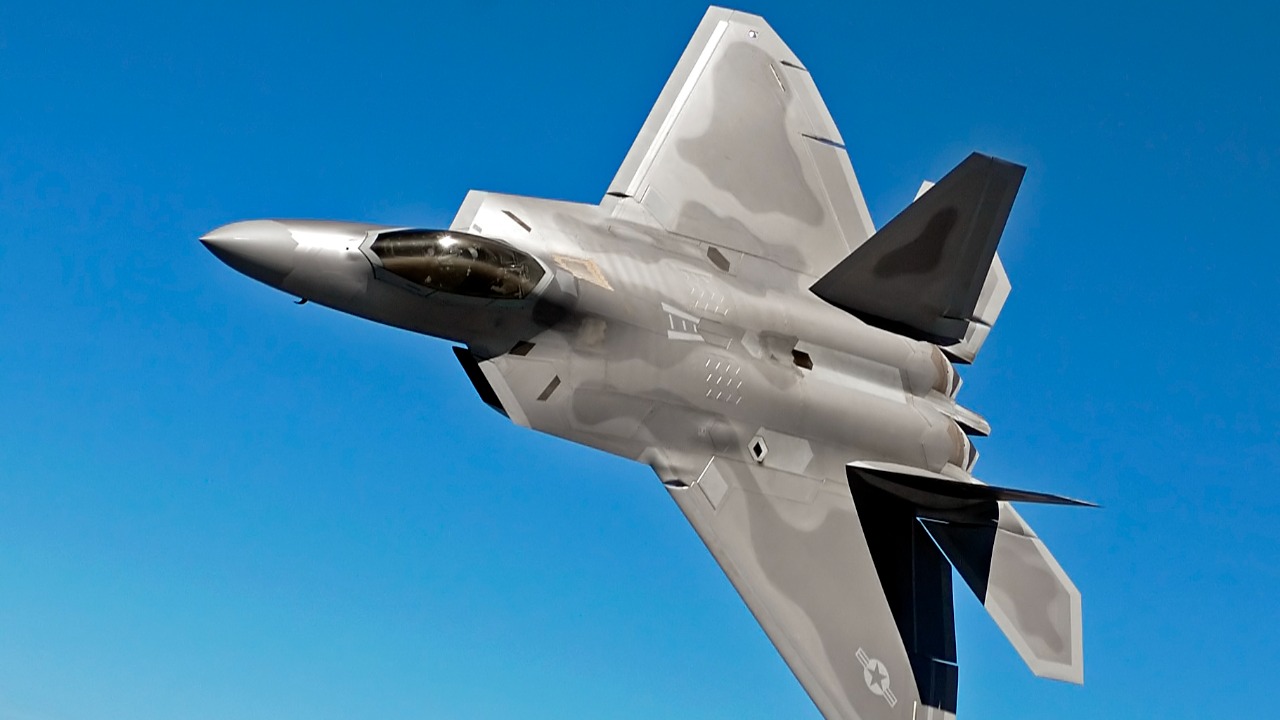
Modern Comparisons
When comparing the F-15’s capabilities and reputation with contemporary aircraft, its legacy remains evident. Modern fighters like the F-22 and F-35, while incorporating stealth technology and advanced systems, owe much to the innovations introduced by the F-15. The F-15’s emphasis on speed, agility, and firepower set the standard that modern fighters continue to strive towards.
Despite advances in technology, the F-15 remains a relevant and formidable aircraft. Recent upgrades have equipped it with modern radar and avionics systems, ensuring its continued effectiveness in current combat scenarios. The F-15’s ongoing service highlights its adaptability and the enduring relevance of its design in the face of evolving military threats.
Historical Reassessment
Modern historians and military analysts continue to view the F-15’s contributions with great respect. Its achievements against Soviet aircraft during the Cold War are seen as pivotal moments in military aviation history. The F-15’s success not only reinforced the importance of air superiority but also demonstrated the value of investing in advanced technology and training.
The broader context of the F-15’s achievements continues to be a subject of study and admiration. Its role in shaping military strategies and influencing aircraft development has left a lasting legacy that continues to resonate in today’s military landscape. As historians reassess the Cold War era, the F-15’s place in history remains secure, a testament to its impact and the lasting influence of its design and performance.